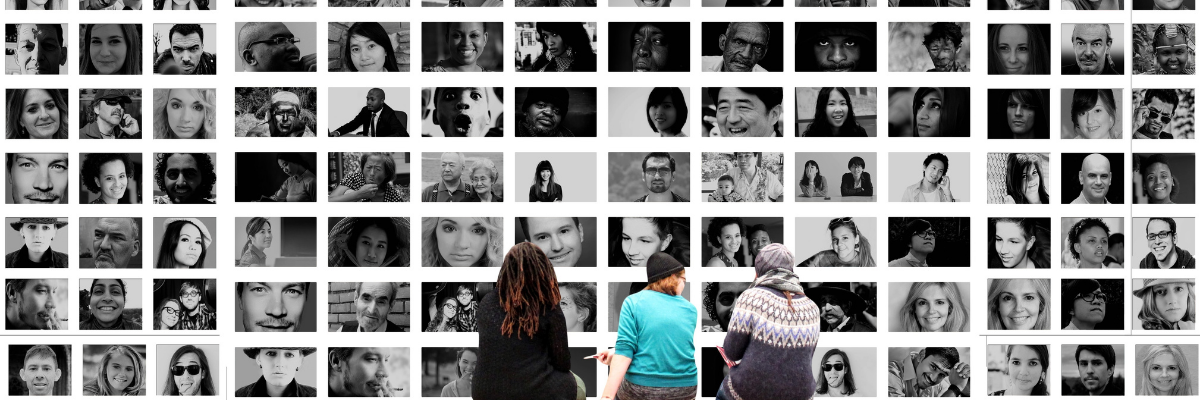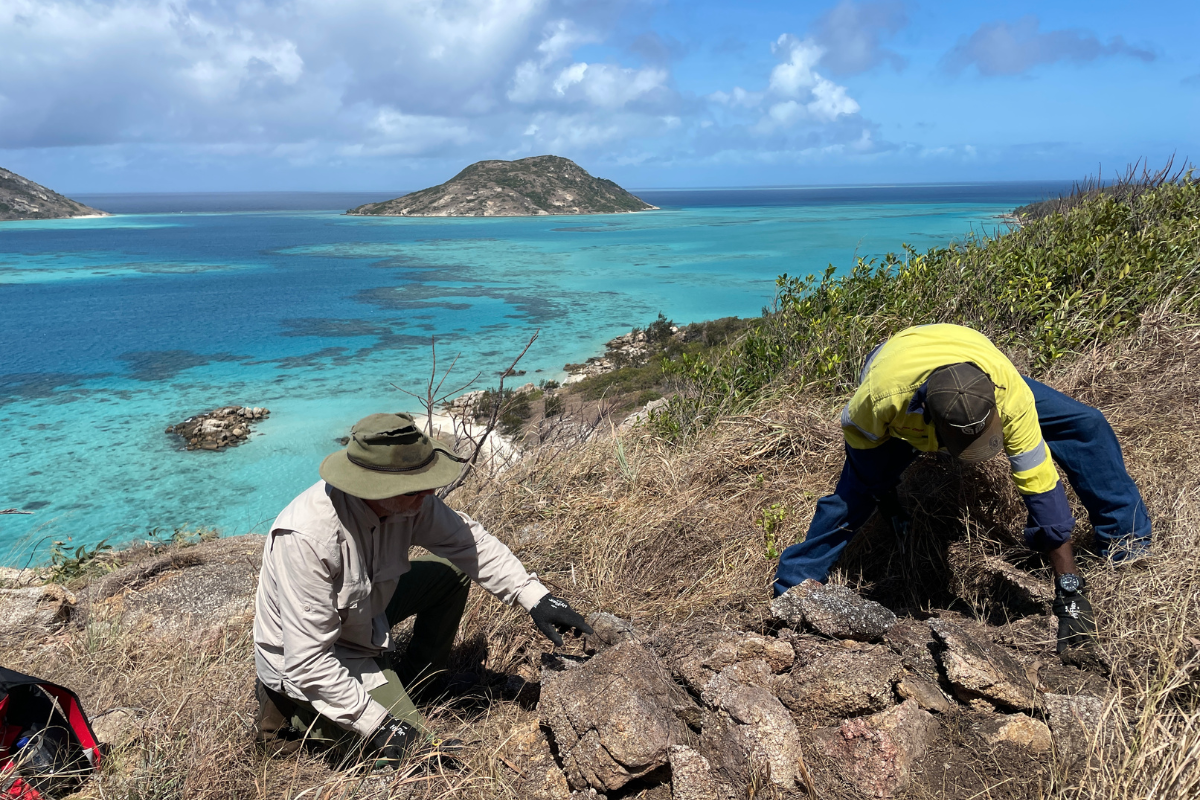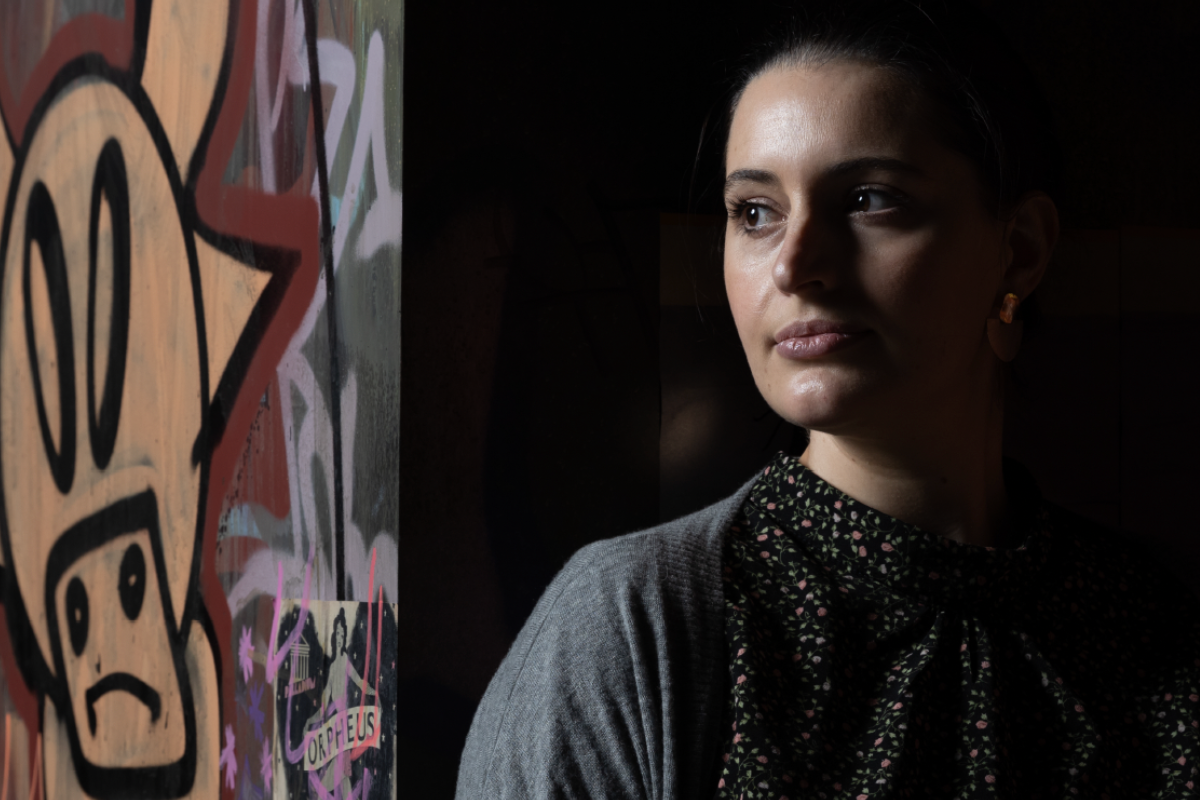
A call for change
In the 1980s, Gunditjmara woman Connie Hart, an accomplished basket weaver, was keen to make an eel trap. However, the skill appeared to have been lost. In a display cabinet at the Museum of Victoria, she came across an eel trap woven by her mother, Frances Alberts, and collected by the manager of the Lake Condah Mission in 1902. After scrutinising it carefully, Hart produced her own beautiful version.
The story is told in the 1996 book Hunters and Collectors by the ANU historian Tom Griffiths, one of a group of Australian researchers who have helped to revolutionise the field of museum studies internationally, transforming the way museums and galleries conserve, exhibit, interpret – and repatriate – their collections.
In Australia and other settler societies, museums are rooted in the era of colonisation and the practice of collecting – often stealing – Indigenous artefacts and objects. For a long time, they showcased Eurocentric narratives and world views, reinforcing notions of Anglo-European cultural superiority.
Decolonising the museum
Since the 1980s, many museums have begun to embrace broader perspectives and recount different stories. There is a new focus on the people who made and used things, rather than those who collected them. Sustained consultation and collaboration with Indigenous curators, researchers and communities, including on education and public programs, have become the norm. Major institutions have Indigenous staff in decision-making roles.
Spurred by critiques from Indigenous scholars, this “decolonisation” of museums has been informed by – and informed – the work of academics such as the ANU anthropologist Howard Morphy. His research contributed significantly, alongside Indigenous scholars and creators, to the collective research informing two closely related (and controversial) exhibitions: the British Museum’s 2015 Indigenous Australians: Enduring Civilisation and the National Museum of Australia’s 2015–2016 Encounters. The latter captured the voices and emotions of contemporary Indigenous communities confronted with objects from the British Museum.
In an essay on Encounters, Western Sydney University’s eminent social and cultural theorist Tony Bennett wrote of “rattling” museums by probing “the contemporary relations between the museum, anthropology and Indigenous Australians”. Bennett published a ground-breaking book, The Birth of the Museum, in 1995, and was co-author of Collecting, Ordering, Governing (2017), hailed by one reviewer as “a new landmark text”.
Another notable book, From The Ruins of Colonialism (1997), by the University of Melbourne’s Chris Healy, identified museums as key sites of “social memory”. In Healy’s view, the reworking of collections demonstrates how Indigenous exhibits “can provide more than a mirror for the colonising gaze”. At the same time, Indigenous Australians have realised they can “provide opportunities for … remaking connections, meaning and memory between objects, culture and history”.
Reshaping relations
Also contributing to the “new museology” is Philip Jones’s award-winning 2007 book Ochre and Rust. A historian and curator at the South Australian Museum, Jones traced the stories behind ten objects in its collection, offering new insights into the complexity of Aboriginal-European encounters on the colonial frontier.
In Connie Hart’s case, her mother’s eel trap enabled her to revive a tradition passed down through generations of women. As Griffiths asks in Hunters and Collectors: “Did we expect – or even dare to hope – that museums might operate in this way?”
Supported by this significant body of research, museums are helping to reshape relations between Indigenous and non-Indigenous Australians and playing a substantial part in reconciliation.



